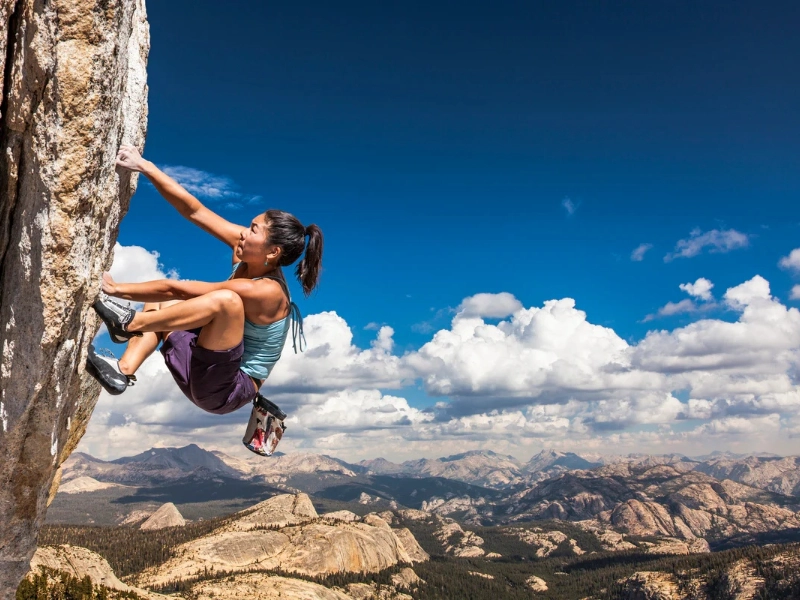Extreme Rock Climbing: Conquering the World's Most Dangerous Cliffs
3. Essential Techniques for Extreme Climbing

Anyone wishing to tackle serious rock climbing must first master fundamental climbing skills. These methods guarantee safety during ascends in addition to improving performance. A solid basis in climbing techniques can help to distinguish a safe ascent from a potentially fatal one.
One basic technique is correct footwork. Good foot placement lets climbers save energy and keep balance. Instead of depending just on upper body strength, climbers should develop their foot pushing off technique. On challenging paths where grips may be few, this method is particularly crucial. A climber's efficiency and general performance will be much enhanced by learning to read the rock and spot the ideal foot placements.
Using handholds is yet another important ability. Climbers have to get good at spotting and using several kinds of handholds, including jugs, slopers, and crimps. Every kind of hold calls for unique body posture and grip methods. Climbers can become more flexible and adaptable by practicing on many kinds of rocks. Learning to use slopers properly, for example, might help a climber negotiate routes with less defined supports; mastering crimping will increase grip strength on steep ascends.
Effective climbing also requires perfect resting technique. Climbers should learn to spot chances to stop on the path so their muscles may heal without losing too much height. One can identify ledges or apply particular holds to relieve weight off their arms. Knowing when and how to relax will assist mountaineers save energy for the more difficult parts of a climb.
Climbers also have to be quite skilled in belaying methods. Belaying is the technique used to control the rope for a climber so guaranteeing their safety as they climb. A good and safe climb depends on your knowing of how to correctly belay and interact with a climbing buddy. This covers understanding how to properly catch a fall and control the rope tension to avoid risky slack.
Finally, mental readiness is vital. Extreme climbing sometimes calls for climbers to face their anxieties and go past difficult situations. Positive self-talk and visualising methods can assist mounters stay focused and confident throughout challenging climbs. Climbers can improve their performance and lower tension by mentally practicing their motions and seeing success.
Advertisement
You May Like

